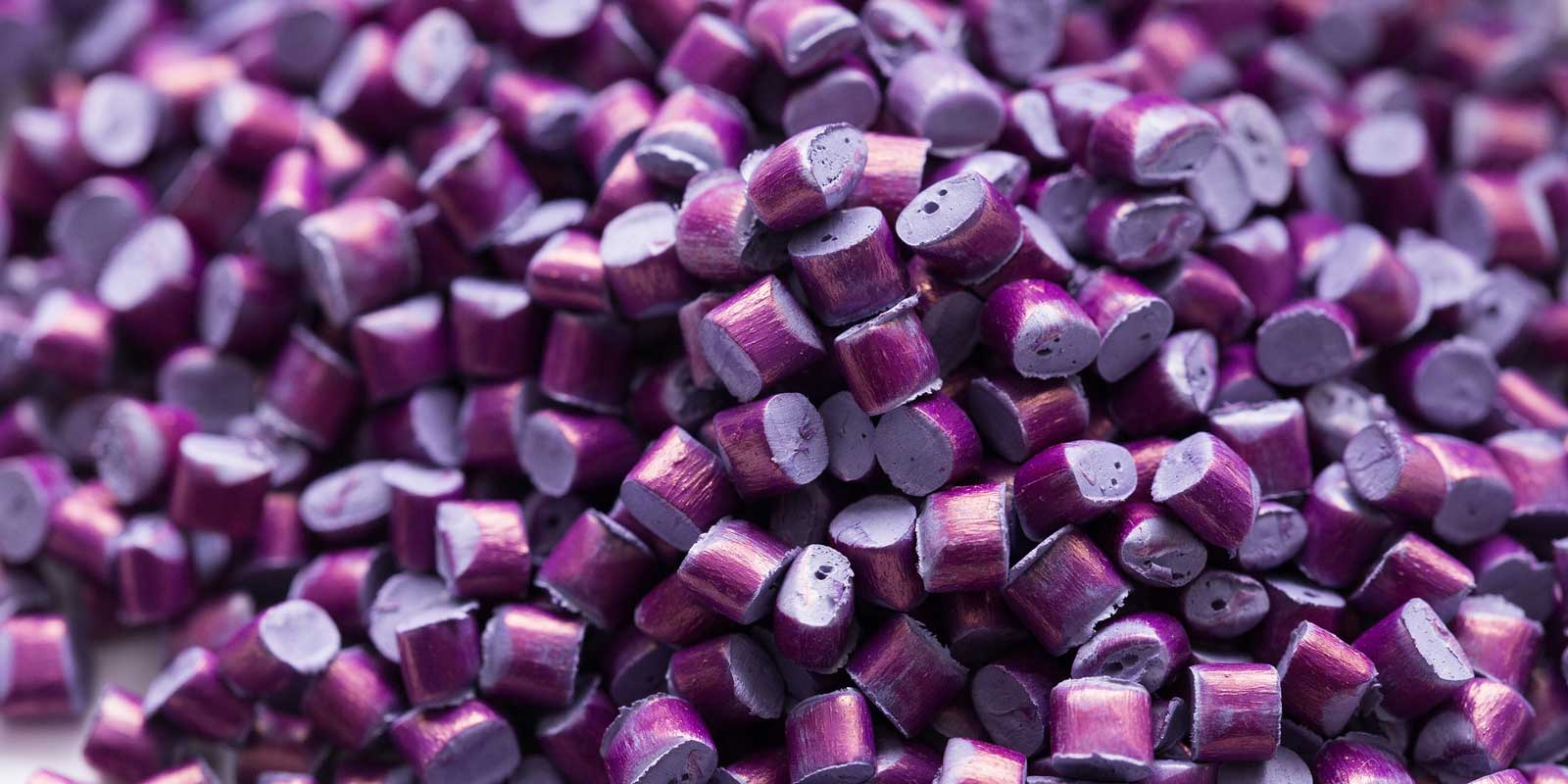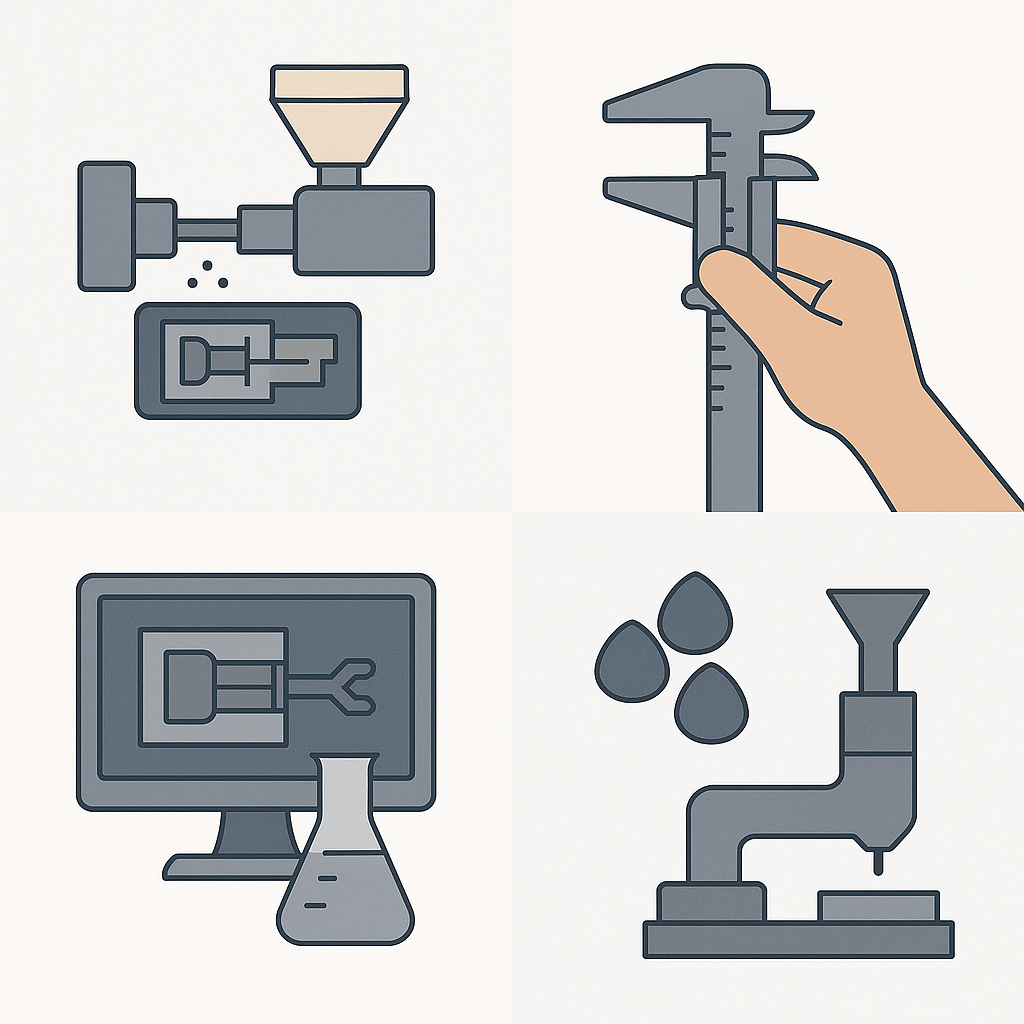Maximize innovation in plastic injection molding. Plastic injection molders across the U.S. are creating new tool designs, optimized materials, faster cycles, and automated systems. Many of these activities qualify for the federal R&D Tax Credit under IRC §41, with additional opportunities at the state level.


Examples of qualifying activities in plastic injection molding production
- Mold & Tooling Development Designing and testing new injection molds, gate‑seal studies, cavity balance optimisation, tooling cooling channel innovation.
- Material & Composite Innovation Developing proprietary polymer blends, filled plastics, bioplastics, and engineered composites to meet mechanical, thermal or aesthetic performance.
- Process Optimisation & Cycle Time Reduction Running trials to reduce cycle times, optimise injection parameters, validate temperature & pressure profiles, and integrate automation and robotics into molding lines.
- Automation & Industry 4.0 Integration Implementing servo‑driven injection machines, sensor‑based quality systems, machine‑learning predictive maintenance, or automated material handling systems.
- Sustainability & Waste Reduction Exploring reduced‑scrap processes, recycled resin trials, improved energy‑efficiency in heating/cooling systems, or biopolymer substitution.
What qualifies as R&D in Plastic Injection Molding?

To qualify, activities must:
- Pursue a permitted purpose such as a new or improved mold design, polymer material, or production process
- Address technical uncertainty about capability, method, or design in polymer science, tooling engineering, or automation
- Follow a process of experimentation through prototype runs, cycle‑time testing, and material trials
- Be technological in nature, grounded in plastics engineering, chemistry, mechanical engineering, and automation systems
Qualified Research Expenses (QREs)
The IRS allows several categories of Qualified Research Expenses (QREs):
Roles commonly involved in qualifying activities
- Polymer scientists and composite engineers
- Tooling and mold designers
- Manufacturing engineers focused on injection molding, automation and cycle‑time reduction
- Data engineers and automation specialists implementing Industry 4.0 solutions
- External research partners, testing labs and prototype houses
What does not qualify
- Routine production of plastic parts without experimentation
- Applying proven molds or materials at scale without further innovation
- General management, marketing, or administrative tasks
- Land acquisition or standard production‑line equipment purchases not linked to research
Compliance and Documentation
Following the One Big Beautiful Bill Act (OBBBA) signed July 4, 2025, §174 now allows immediate expensing of domestic research expenses for tax years beginning on or after January 1, 2025. Taxpayers may also elect optional amortization under new §174A. Foreign research expenses must still be amortized over 15 years. This is separate from the §41 credit but impacts overall tax planning.
Documentation requirements remain unchanged. Maintain clear records of:
- Project hypotheses, design revisions, test runs and iterations
- Mold‑flow data, trial logs, injection cycle records, scrap/yield metrics
- Comparative analyses (baseline vs improved)
- Employee time allocation linked to experimentation
- A clear and documented four‑part test demonstration
Frequently Asked Questions


Yes — if your operations include designing new molds or tools, testing novel materials or processes, or implementing automation and sensors, you likely qualify.


Wages of R&D staff, supplies for trial molding and materials, specialised software modelling tools, and contract research tied to qualified experimentation.


Injection molders across automotive, consumer products, packaging, medical, industrial sectors can qualify when actively innovating rather than just producing.


Routine production runs, process standardisation efforts without new uncertainty, sales, management, or purely post‑production tasks.


Savings vary widely based on scope, size and state incentives. Some firms report credits up to ~22 % of qualified research expenses.


Keep detailed trial records, test data (resin performance, cycle times, yield), design iterations, mold changes, sensor data, cycle‑time improvements, and employee activity logs.
Next Steps
Use our calculator to estimate your potential federal and state benefits
Schedule a consultation to structure your row crop research activities
If you are innovating in agriculture, you may already be doing R&D. Let's make sure you are rewarded for it.
Contact Strike Tax Advisory
Ready to maximize your R&D tax credits? Get in touch with our team of experts.






